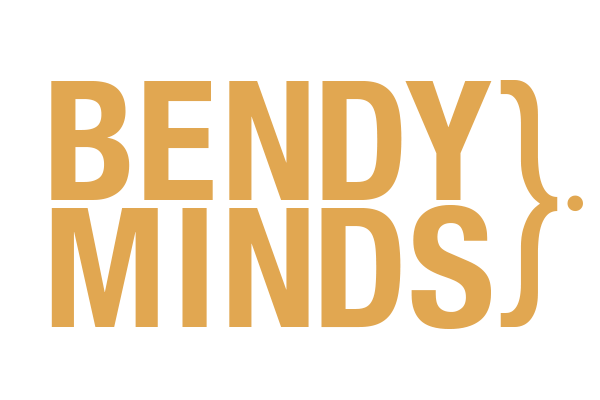The science of Shiatsu -a peak underneath the skin
Everything is energy.
Being based on the Traditional Chinese Medicine (TCM) culture, Shiatsu shares a deep belief in the fact that everything that exists is inhabitated by energy. The Japanese term “Ki” is referring to the universal life force, the energy that keeps us alive on a physical, mental and soul level. The idea that all material can be traced back to energy is also not new to modern Quantum physics.
Polarizing forces.
Going one step further, TCM acknowledges the fact that energy is not at all solid, or fixed, but in fact highly dynamic. The commonly known “Yin & Yang” symbol visually describes the concept of one coin having two different sides. Nothing would exist without its opposite, and only together can the whole be formed.
Translated to the human body, Yin can be found,for example, on the front, open side of the chest, abdomen, quadriceps, as well as the inner sides of the extremities. Those areas are softer and more vulnerable than the back, glutes, calves and outer sides of arms and legs (Yang) and call for a more gentle approach in touch and more trust.
The elemental difference
These differentiations are important when we work with the body, as in order to enable transformative processes being stimulated within, we need to operate in a calm, trustful, conscious state of our Nervous System, also referred to as the Parasympathetic.
Helpful for this kind of work is the concept of the five elements derived from the Eastern philosophy: metal, earth, fire, water and wood. These elements are not identical with the four elements of Western tradition, but fuse with the idea of the cyclical character of Yin & Yang. All elements co-exist simultaneously, and at the same time produce and influence each other.
Applied to the human being, those five elements can be understood as the different aspects of their body as well as their personality, or as different states and qualities of their life force Ki. “Water”, for example represents relaxation and resourcefulness, and is the first Yin-element to be stimulated when working with stress, anxiety or extreme fatigue. “Wood”, a powerful Yang-element, stands for growth, new beginnings and development.
In our Shiatsu sessions, we are learning to intuitively recognize which elements are in need of stimulation or calming, and help to bring about those characteristics of the coin that have been too weak lately, or tune down those that have been over-dominant.
12 streams of transformation
The five elements being more of an over arching, metaphorical overview of the manifestations of the character and quality of our life energy, the most central tool we work with in Shiatsu are the Meridians. Here is where the five elements are manifested in more tangible, 12 main streams of energy.
Those streams or lines run throughout our body like a network of energy, and are building the bridge between the metaphorical aspects of the respective elements, and the physical functions as well as connection to responding organs in the body.
Those energy rivers connect deep inside the body, create resonance between each other, but also create a thorough network on the surface of the body, carrying our Ki to an area where it can be literally touched by our hand.
And this is where Shiatsu starts.
Points of interest
Looking at the map of those 12 major meridians in our body, one might become aware of all those little points spread out along those lines, reminding us of acupuncture points.
In Shiatsu practice, we go a little deeper than that. Rather than thinking of those points (=“Tsubos) as single-pointed and narrow, we see them as three-dimensional formations of different expansions. They are not just to be found at the exact points in the map, but can be lying anywhere on or even next to the stream of the Meridian.
The Meridian itself becomes more of a guideline, rather than a strict and direct path, and invites us to wander along the body, in search for the resonance of the Tsubo, that can be found in different depths under the skin.
When we find its center, we know it because we feel it. There is a certain quality to the pressure that can be either inviting or resisting, soft or firm. The touch itself can feel tender or even painful to the receiver, or pleasant and fulfilling, or anything in between. It is those points of tenderness that could potentially lead us to conclusions about stagnations in certain elements or areas in the body, and those points of pleasantness that can lend resources and support.
The intention is to want nothing
With all this information in hand, we come to the most important, yet likely also the hardest to grasp aspect of the Shiatsu practice. Coming from the aspect of “Zen”, the intention of the treatment is to be intentionless.
Rather than trying to solve blockages, or find the “problem”, we commit to practice more of what is needed to an attitude of letting things emerge, rather than force: un-attached observance.
It is this simple element, of not-doing, neither from the practitioner than from the receiver’s side, that might bring about the biggest insights, that are exceeding the analytic capacity of the mind.
We trust that by creating this safe open space, allowing to be touched, physically and metaphorically, being vulnerable to relax into discomfort, we are creating the conditions for the body to heal itself.
